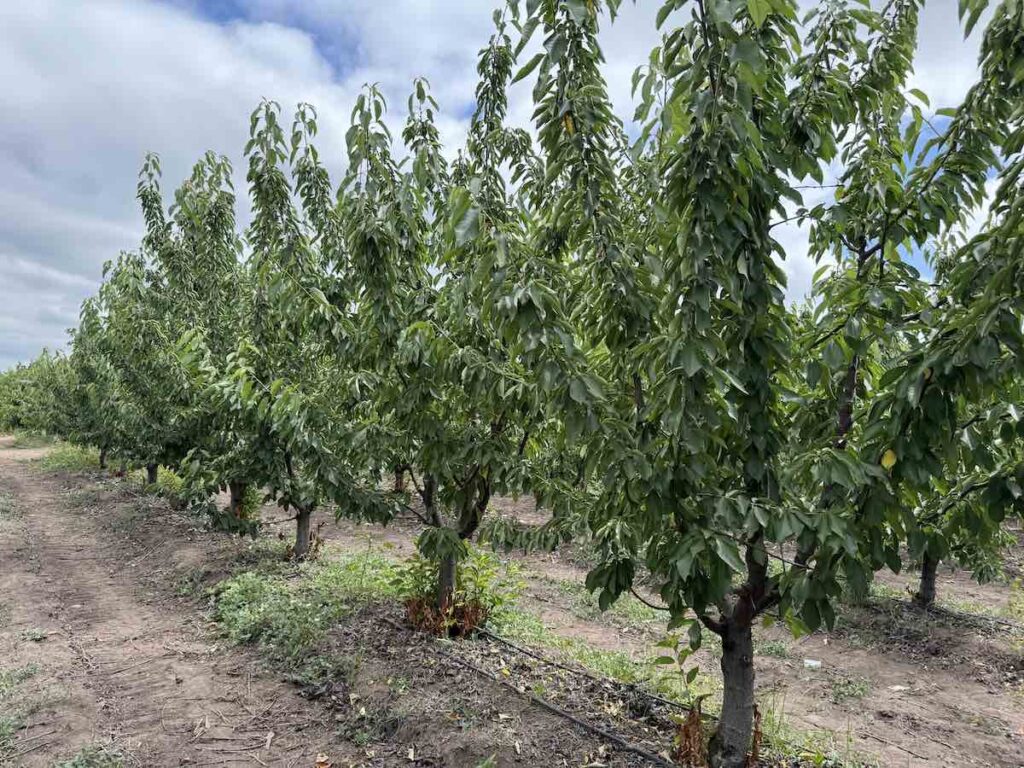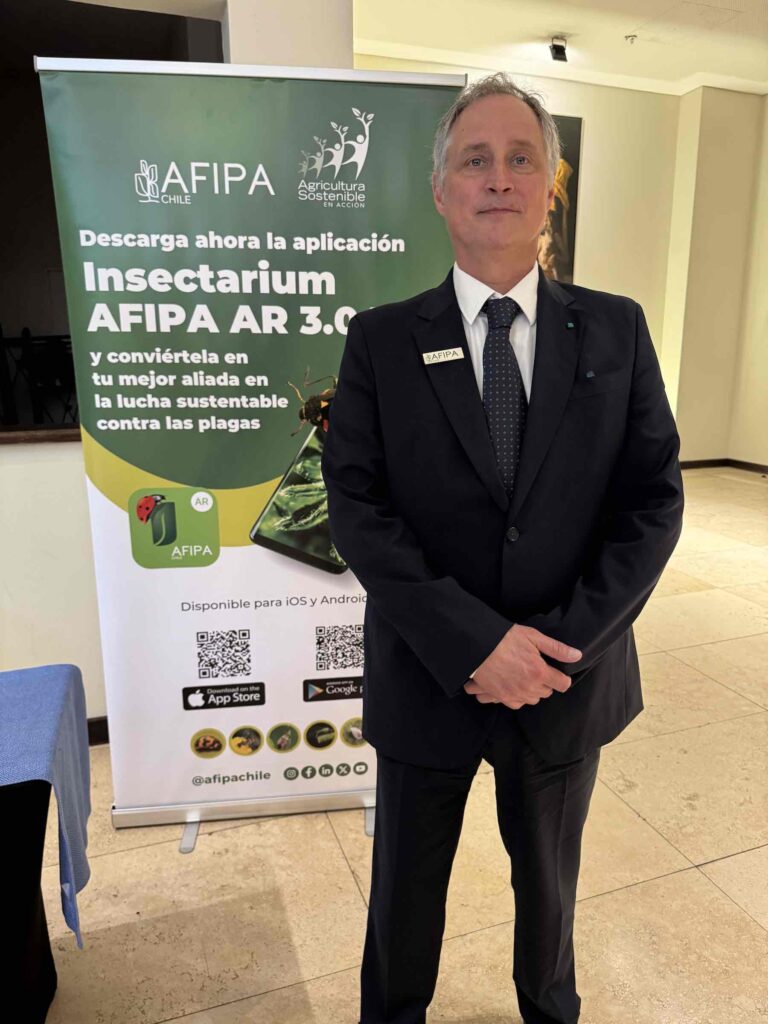The first time we saw this graph, from a field with cutting-edge technology and an irrigation system controlled from a laptop, we thought it was incredible!
How come only 50% of the scheduled irrigations were carried out? And even more surprising was the realization that only 60% of these irrigations were carried out with an acceptable level of quality (10% tolerance).
The truth is that irrigation controllers, probes, telemetry, flow meters, pressure gauges, etc., still require strong supervision by irrigation managers to obtain the desired results.

Our experience shows that a large number of fields with irrigation programmers place all their trust in the systems to do everything right, and irrigation control ceases to be an item to which attention must be paid. This can be a big mistake.
Our experience and contribution to the industry as Compás is based on getting teams to learn how to use these systems, helping them to capture their potential, extracting information that is simple but that allows them to make the right decisions, not only through knowledge of the technology but also with a methodical work system inspired by continuous improvement.
“When we started using the information from the irrigation control systems databases, we first realized that almost all of our flow meters were bad, there was no way to ensure whether the m3 that was programmed for irrigation reached the field or not, we also realized that we did not have an adequate pressure control system and we had been irrigating sectors with low pressure for years and it was the cause of low vigor and poor caliber, we realized that we had sectors with 20% of clogged drippers, and also that many human errors were attributed to failures in the “technology of our irrigation system”.
“We had to start with the most critical, from our flow meters, and move towards an audit system for the irrigation controller. We implemented control systems for our shovels, checking emitters, pressure control, registration of test pits, etc. When we had this underway, we began to irrigate with more clarity and we began to question and make obsolete, under our conditions, that mythical number of 10,000 m3/hectare/year, which for many years was the number that allowed us to navigate with a certain confidence our idea of the annual water requirement of a crop. Having better control and use of technology, we were able to start irrigating better, with less water in the year (much less), having a more controlled irrigation, with lower energy costs, with a more motivated team and in control of the technology we had at our disposal.
Chart 2: “When the team is not in control of the technology, the simple question of why the risks were not met this week? seems to almost always be unknown.

Chart 3: “When the team is in charge of technology and irrigation, the answer to the same question shows a much broader and more specific range of factors, which allow for a better focus and the search for improvements.”

In short, technology once again shows us that it can be of enormous help, but it requires supervision and analysis. Technology does not work alone, and that is our job and our main objective, to strengthen teams with useful information that allows us to see errors, anticipate them and manage them appropriately.
For more information visit: COMPASS AgroSystems.








